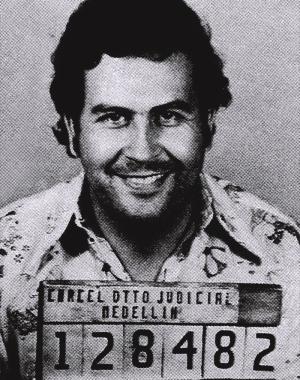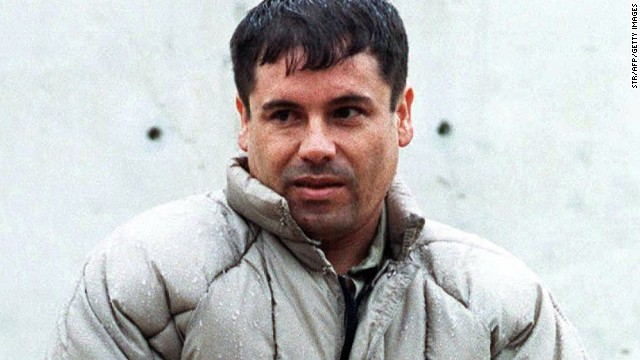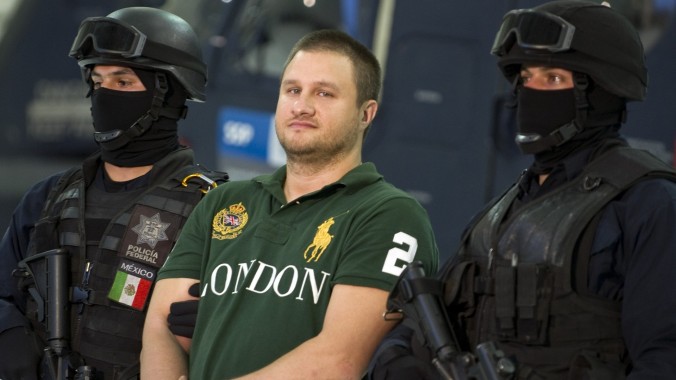Pablo Emilio Escobar Gaviria (December 1, 1949 – December 2, 1993) was a Colombian drug lord and trafficker. His cartel, at the height of his career, supplied an estimated 80% of the cocaine smuggled into the United States.Often called “The King of Cocaine”, he was the wealthiest criminal in history, with an estimated known net worth of US $30 billion by the early 1990s.He was also one of the 10 richest men in the world at his prime and lived in his self-built Hacienda Nápoles.
Escobar was born in Rionegro, Colombia and grew up in nearby Medellín. After briefly studying at Universidad Autónoma Latinoamericana of Medellín, he left without a degree and began to engage in criminal activity that involved selling contraband cigarettes along with fake lottery tickets, and grand theft auto. In the 1970s he began to work for various contraband smugglers often kidnapping and holding people of interest for ransom. In 1975 Escobar began distributing powder cocaine himself and began the first smuggling routes into the United States. His infiltration to the drug market of the U.S. expanded exponentially due to the rising demand for cocaine, and by the 1980s it was estimated that 70 to 80 tons of cocaine were being shipped from Colombia to the U.S. on a monthly basis. His drug network was commonly known as the “Medellín Cartel” and often competed with rival cartels domestically and abroad resulting in high-rate massacres and the deaths of police officers, judges, locals and prominent politicians.
In 1982, Escobar was elected as an alternate member of the Chamber of Representatives of Colombia as part of the Colombian Liberal Party. Escobar was responsible for the construction of many hospitals, schools and churches in western Colombia, which gained him popularity inside the local Roman Catholic Church and the locals of the towns he frequented. However he was seen as an enemy of the Colombian and American governments and his political exploits resulted in Colombia becoming the murder capital of the world.Escobar was shot and killed by Colombian National Police, in his hometown 24 hours after his 44th birthday.



 found that over the last 18 months more than 40 perfect of the 450 people who trained to become a trooper for the Texas Department of Public Safety are Hispanic. It’s the highest percentage the Texas DPS has seen in at least a decade.
found that over the last 18 months more than 40 perfect of the 450 people who trained to become a trooper for the Texas Department of Public Safety are Hispanic. It’s the highest percentage the Texas DPS has seen in at least a decade.



